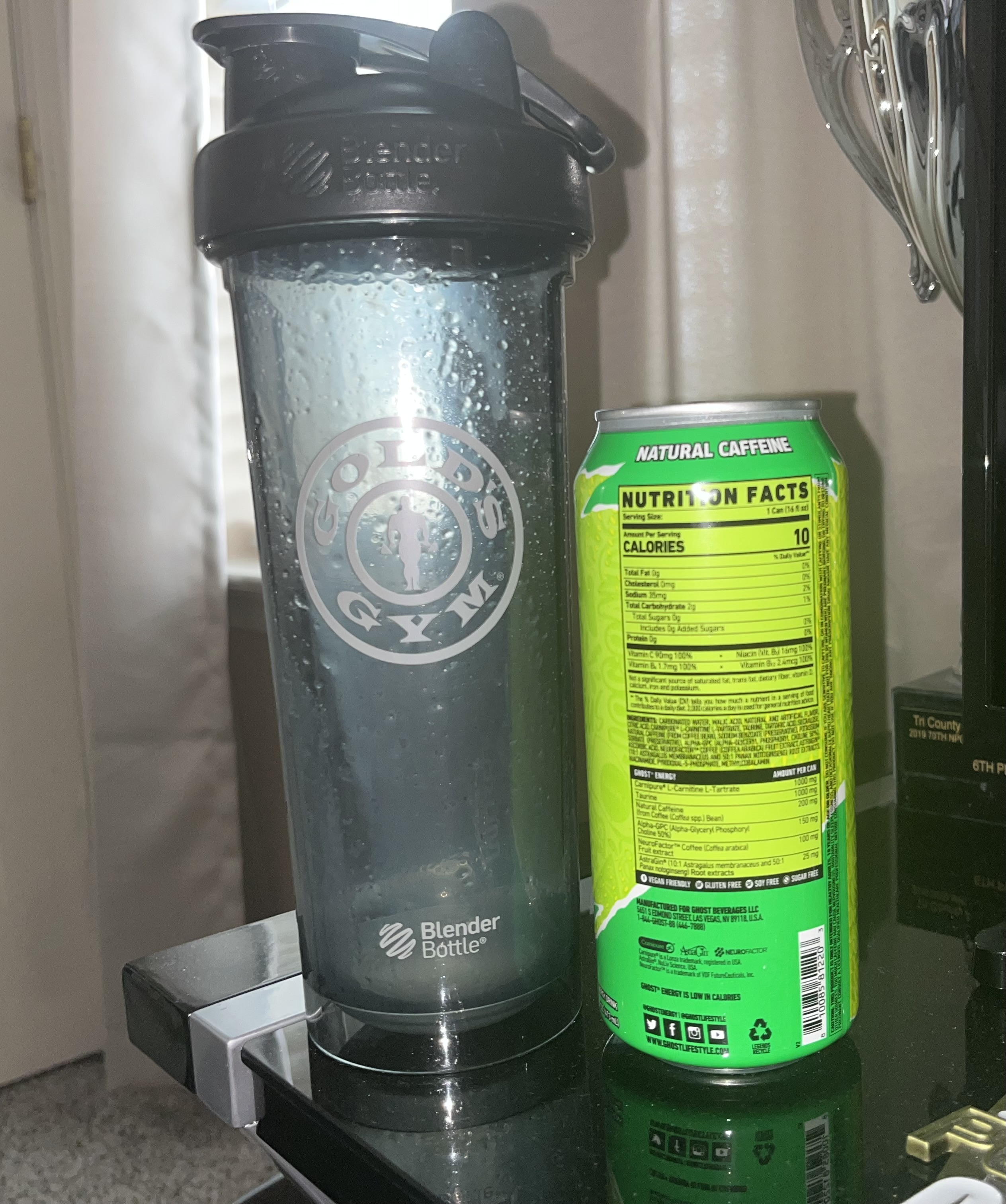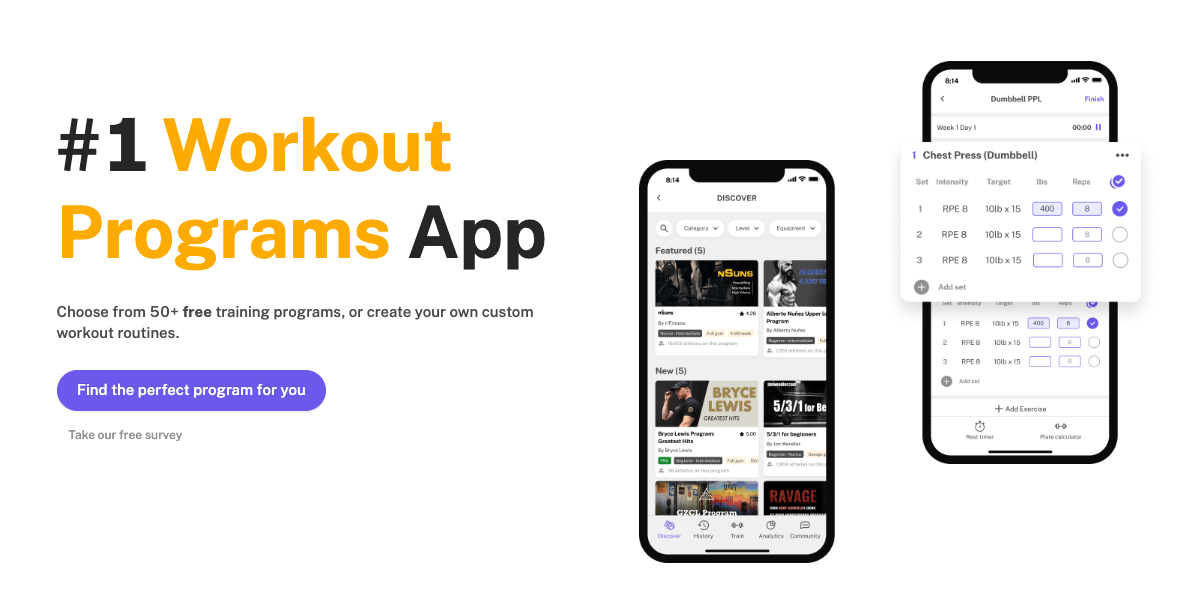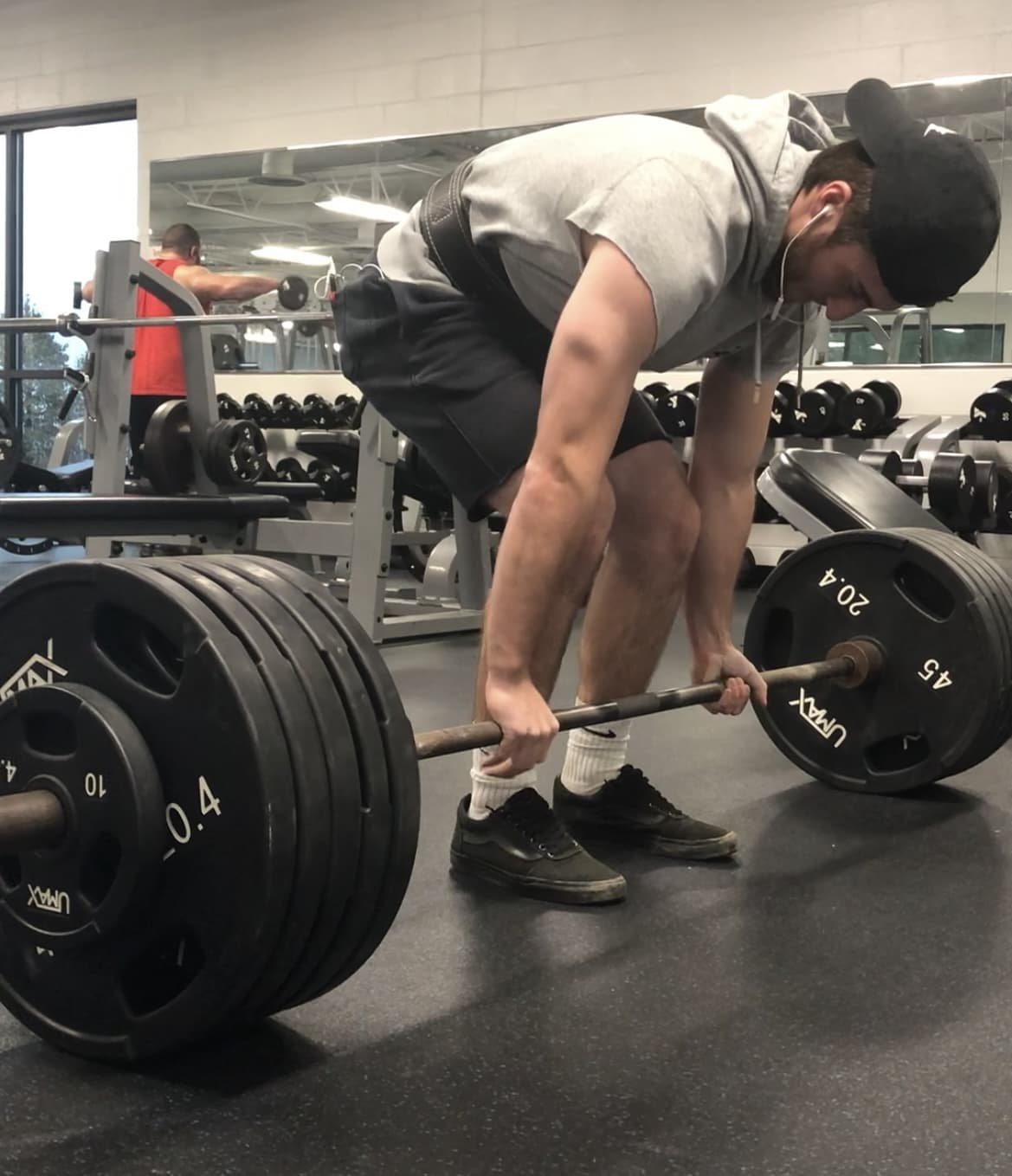Importance of Recovery After Exercise
Written by The Boostcamp Editors
Recover Right: The Importance of Recovery After Exercise
Helping your muscles grow back bigger
When it comes to weight training, many of us have the idea that if we just keep eating and lifting heavy or with a lot of reps then we will grow bigger and get stronger, but this is not the case. Whether you are an Olympic weightlifter, powerlifter, bodybuilder, or regular gym goer, recovery from training is one of, if not the most important aspect of progression for elite athletes. Recovery also reduces risk of injury while training. Whether you are entering a powerlifting meet, getting ready to test your 1 rep max, or just doing your programming, you need to incorporate recovery in your next workout.
Let’s explore the importance of recovery in training.
What is Recovery?
Many think of recovery as when the muscle is just not sore anymore, but this is not the case. For example, if you squatted on Monday and your legs are not sore the day after, this does not mean you can just go and hit legs again, you still need enough time to recover from muscle soreness through active recovery and myofascial release. The reason being is that when going through resistance training, you are creating small tears in the muscle fibers, breaking them down. From there, proper diet, supplementation, and even a good sleep schedule will help to grow those muscles back bigger and stronger during the recovery period after following a proper training regimen that includes active recovery and aerobic exercise.
For this reason, the recovery aspect of your training may be the most important part because of how crucial it is to growth. If you continue to break the muscle down and do not allow adequate time for repair, you are cheating yourself out of making progress.
How Long is the Recovery Process After Training?
This question largely depends on a lot of different factors, and this is why you see so many different training splits and programs. You see some of the top bodybuilders in the world in the gym 5 days a week, hitting each muscle group only once, and they still make massive amounts of progress. The same goes for strength athletes like powerlifters, many of them will only train the big 3 lifts on 3 or 4 days a week.
Nonetheless, it is good to look at the factors that can affect your recovery after training, so let's take a look.
Training Intensity
For one, it depends on how hard you are hitting each muscle group. If you are absolutely destroying your muscles in a training session, utilizing drop sets, supersets, sets to failure and all of those things, then you more than likely will need more time to recover than if you were to do 3 sets of 12.
Diet
Another thing that affects the length of the recovery time after training is diet. If you are not filling yourself with the proper foods to build the muscles back bigger and stronger, then they will remain broken down for longer periods of time. People still firmly believe in the anabolic window, which is the idea that you need to consume carbohydrates and protein within 30 minutes of your training session ending, otherwise your recovery will be completely off and your energy stores will not be replenished. While this is not entirely true, it is good to give your body time to rest and recover before consuming nutrients to promote muscle repair and muscle recovery.
Here are examples of some carb-loaded foods to eat that can boost recovery:
Oatmeal (can be mixed with protein)
Whole wheat pasta (protein pasta even is a good idea)
Sweet potatoes
Quinoa
Fruits (they can even be smoothie style)
Protein-rich foods to include in your post-workout recovery meal include:
Eggs
Beef
Greek yogurt
Protein shake
Chicken
Tuna
Supplementation

Supplementation follows diet like a shadow follows you. Utilizing supplements ensures that you are getting the correct amount of nutrients needed to keep you strong and healthy. Yes, dieting gets you a great amount of these nutrients but nine times out of ten it is not enough, so supplementation picks up the slack and helps push your recovery efforts to the next level.
Here is a list of supplements that you can take to help with recovery:
Another thing to consider is your age. Yes, unfortunately as you get older, your recovery does slow down, and you may need to incorporate more rest periods after training.
Sleep
Finally, sleep is another crucial part of the recovery process. When you are asleep your body is producing all of the necessary hormones needed to help boost recovery. These hormones can include things like human growth hormone and testosterone, which are absolutely essential for repairing your muscles and gaining strength.
Some say that you only need to take 24-48 hours in between training sessions to obtain recovery, but even that may be too little depending on all of the factors stated above.
What Does a Rest Day Look Like?
While supplementation and diet can help boost the recovery process for an athlete, a rest day is good for the mind and the body. It does good for the mind because if you really love being in the gym, absence makes the heart grow fonder. A rest day allows for a mental reset and makes you hungry to get back to the weights. Additionally, rest days are important for maintaining good mental health as they allow for a break from the physical and mental demands of training.
Another benefit of a rest day for recovery is it allows the muscles to take a break, and grow back bigger and stronger. Sometimes taking multiple rest days a week can even be beneficial, even though it may be hard to stay out of the gym for that long. Contrary to popular belief, programming your workout schedule with regular rest days and strength training programs is not about being lazy, but it is essential for muscle growth and recovery, as it helps alleviate repetitive stress and strain on the muscles, preventing muscle fatigue, injury, and muscle pain.
You do not even need to just lounge around all day for it to be considered a rest day, you can utilize what is called an “active rest day”. This is where instead of your normal training, you do something more enjoyable or just cardio based.
Some active rest day activities can include:
Tennis
Golf
Swimming
Walking outside
Hiking
Workout Programs
One way to make sure that you are getting enough recovery time in between training sessions is having a good training program. A proper training plan will have you resting on the days after your sessions, making sure you are on track.
A good place to look for a training program is Boostcamp, where you can choose from over 50 free workout programs or even create your own that caters to your specific needs and goals.
Whether you are choosing from a pre-written upper/lower or push pull legs program, or you are making your own workout, you can also track your workout routines to make sure you are on par.
Recovery Wrap Up
Overall, too many times people will continue to train as usual, even if they have not allowed adequate time for recovery. Recovery is where you really grow and progress, so there is no reason to not incorporate it into your training and fitness goals. Proper diet, supplementation, sleep, and enough rest days are all things that can help speed up the recovery process, including adequate rest, especially after engaging in aerobic activity, and lead to optimal fitness gains.
What do you do for recovery? Let us know! Also, be sure to follow Boostcamp on Instagram and subscribe on YouTube!

References
Ansorge, R. (2022, September 12). Rest and recovery are critical for an athlete’s physiological and psychological well-being. UCHealth Today. https://www.uchealth.org/today/rest-and-recovery-for-athletes-physiological-psychological-well-being/
Kris Swartzendruber, M. S. U. E. (2022, January 21). The importance of rest and recovery for athletes. MSU Extension. https://www.canr.msu.edu/news/the_importance_of_rest_and_recovery_for_athletes
Nunez, K. (2019, August 7). Exercise rest day: Benefits, importance, tips, and more. Healthline. https://www.healthline.com/health/exercise-fitness/rest-day

